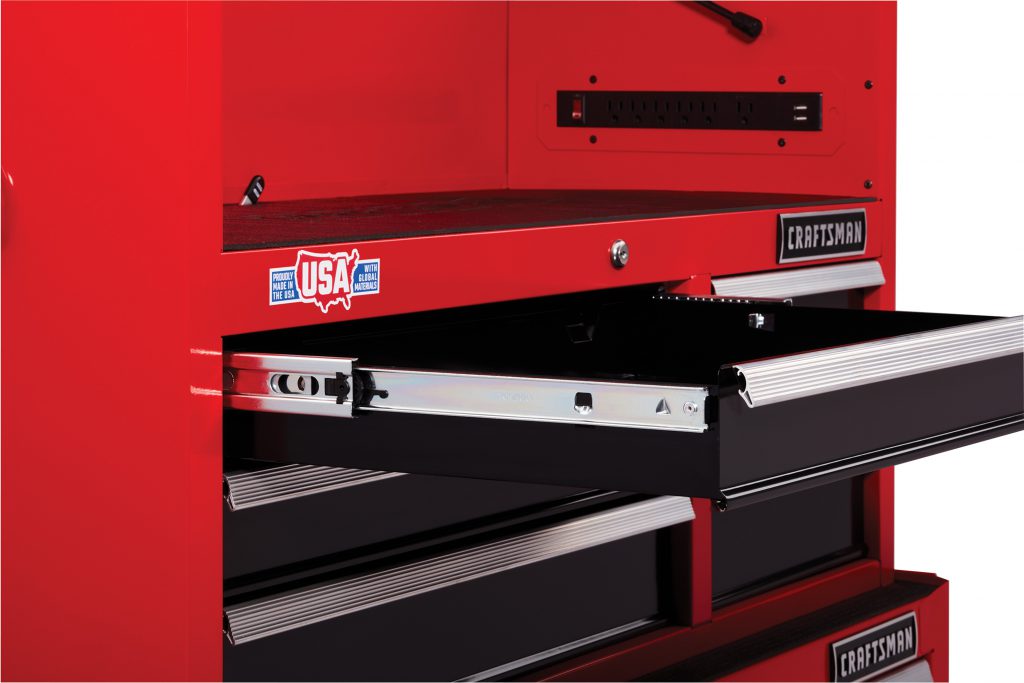
Restoring the tool brand’s high-quality reputation is essential, CEO says.
Like a lot of middle class American families in the 1980s, my family bought many of our household products at Sears. Nearly every appliance in our kitchen came from the once-storied retailer, as my parents counted on high quality and service Sears that provided.
But as globalization took hold in the 1990s and competitors like Walmart seized market share, Sears engaged to a race to the bottom. It outsourced much of its products, sacrificing its legacy of quality. Customer service went down.
Sears – which revolutionized retail not once, but twice – is now struggling to keep its doors open.
One of the most famous parts of the sad saga is what happened to the retailer’s iconic Craftsman line of tools and lawn and garden equipment. While my dad wasn’t much of a handyman himself (sorry, Dad) millions of families across America once filled their garages and workbenches with Craftsman products sold exclusively at their local Sears.
But as Sears struggled to compete in the changing retail landscape, it also sacrificed one of its most essential brands in the process. Craftsman production was sent overseas, and customers noticed a change in quality. Sears sales continued to decline.
In 2017, Sears did the unthinkable and sold Craftsman to Stanley Black & Decker.
And this is where the Craftsman story takes a big turn, hopefully for the better.
As it turns out, the folks at Stanley Black & Decker have big plans for the brand, which includes restoring the production of Craftsman tools in the United States, according to CEO James Loree.
“We ended up simply buying the brand because the products had been left to de-volve over time to the point where they weren’t high quality, respectable products they once were,” Loree tells TheStreet. “They had migrated from made in America to virtually everything being made in China and Mexico. They were in sad shape.”
That’s about to change, Loree says. Stanley Black & Decker has redesigned just under 1,500 Craftsman tools, all with American production in mind:
“We have created as a result products that could be made in America at a cost similar to what they would have been if they had been imported from China. One of the strategies behind re-booting Craftsman is to revitalize the products and make as many [of] them in America as possible.”
About 40 percent of Craftsman products will be manufactured in the United States after the initial product relaunch, which is now underway and will heat up this fall at retailers like Lowe's, Ace Hardware and Amazon (just in time for the holiday shopping season). The goal is for about 70 percent of Craftsman tools to be Made in America in the next few years, Loree adds.
Now, we profile a lot of Made in America companies here on the blog, and a lot of these folks are true believers. They are willing to sacrifice profit margins to keep their manufacturing in the United States; others operate for years before turning a profit at all.
Stanley Black & Decker is not one of those companies.
It is a global corporation that has been in business for 175 years. Making money is always its top priority – Loree spends the first half of that interview with TheStreet talking about things like “venture capital investing,” after all.
Simply put, Stanley Black & Decker would not be reshoring Craftsman production to U.S. soil if it did not see an economic upside.
Stanley Black & Decker knows that the Craftsman brand, although tarnished in recent years by Sears’ sad downfall, carries a legacy of quality. It is now aiming to reclaim that legacy, and knows restoring U.S. production is essential to bringing Craftsman back to life.
While outsourcing might have led to a temporary boost in sales in the 1990s and early 2000s, consumers are wising up.
They expect quality when it comes to the products they buy, especially with things like tools. Keeping manufacturing local helps ensure better quality – and that Made in America label carries a lot of clout in convincing customers that a product is worth their time and money.
Things are looking up for Craftsman. As consumers rediscover the brand’s revitalized American-made product line, I hope Stanley Black & Decker will make good on its intention to bring additional production back to U.S. shores – and that other companies will follow its lead.
